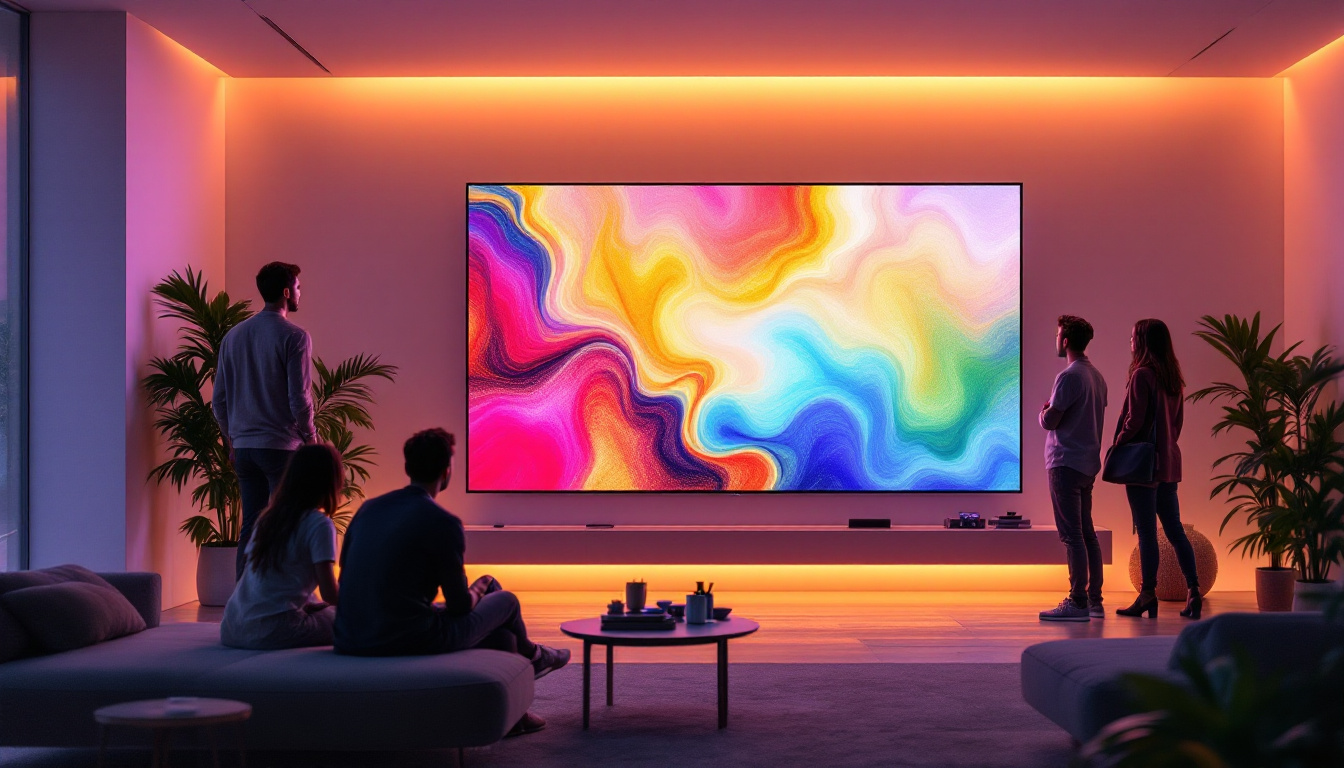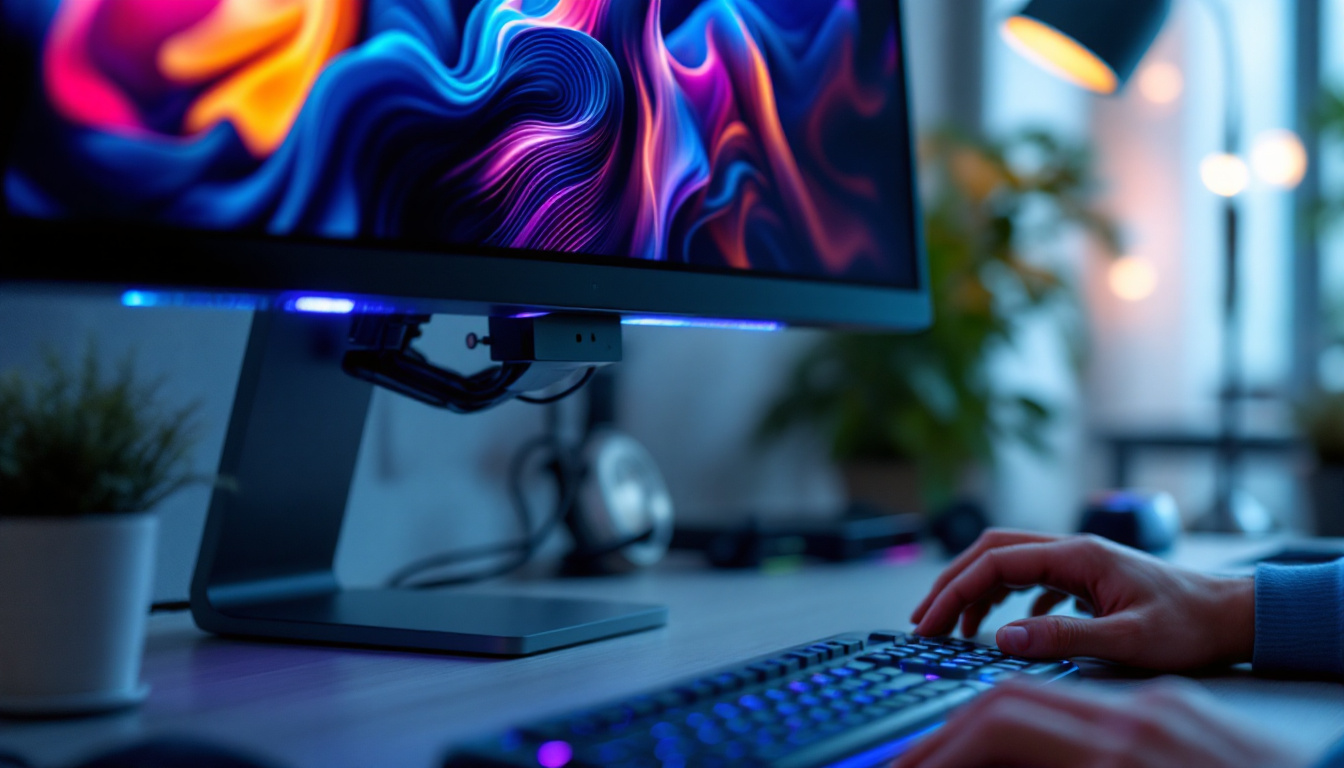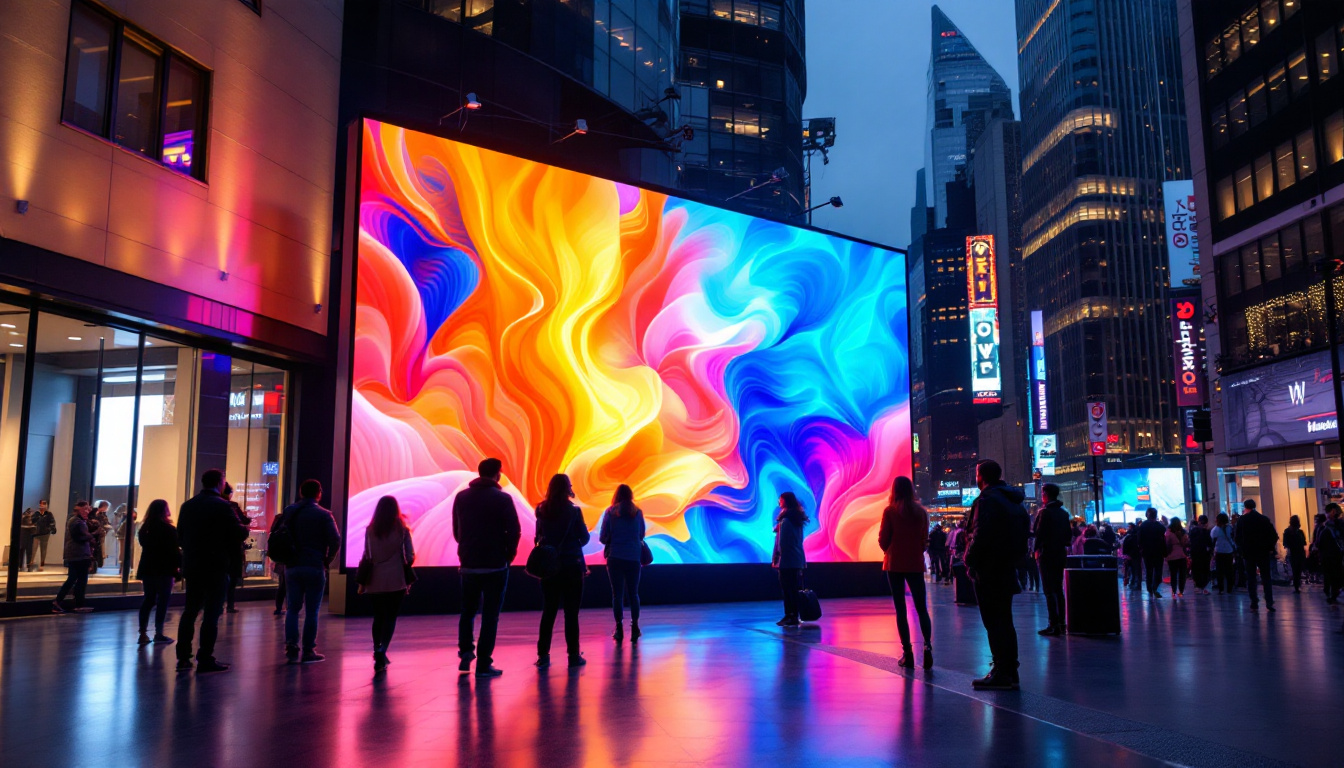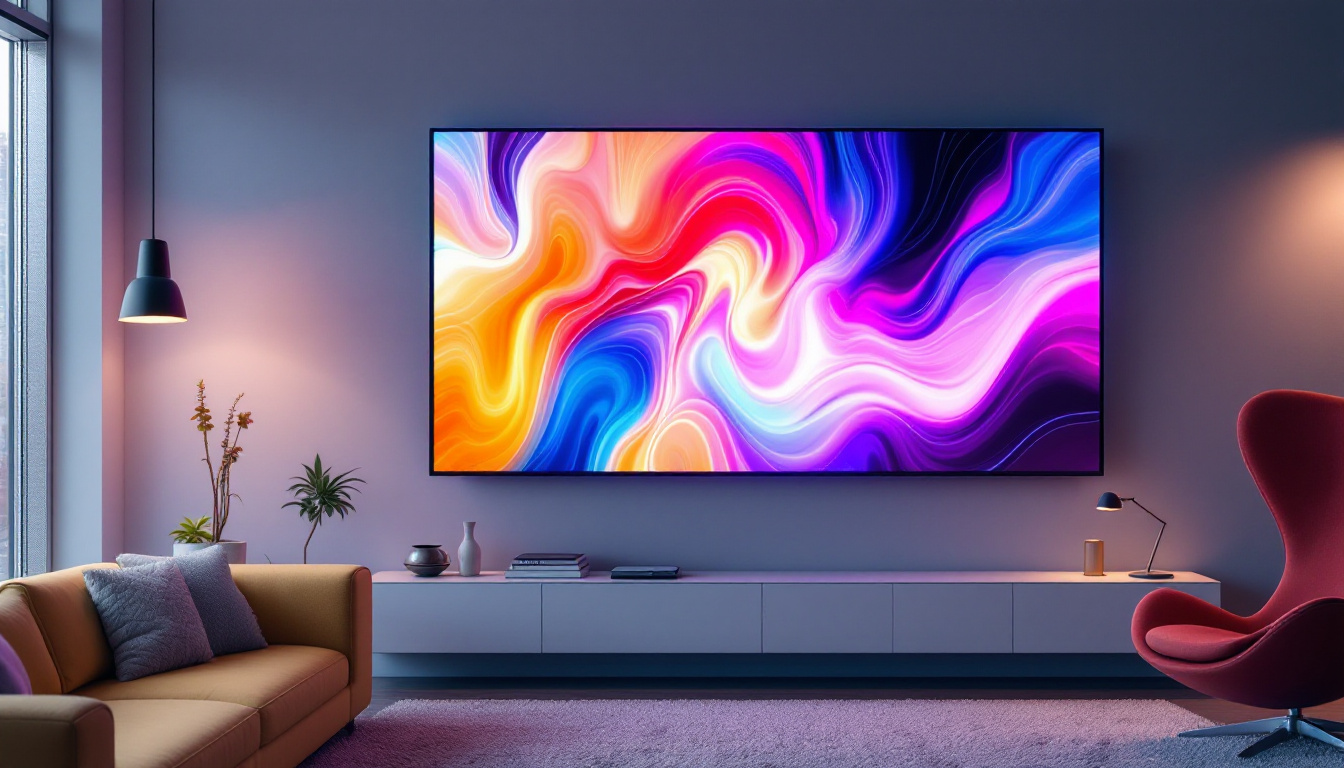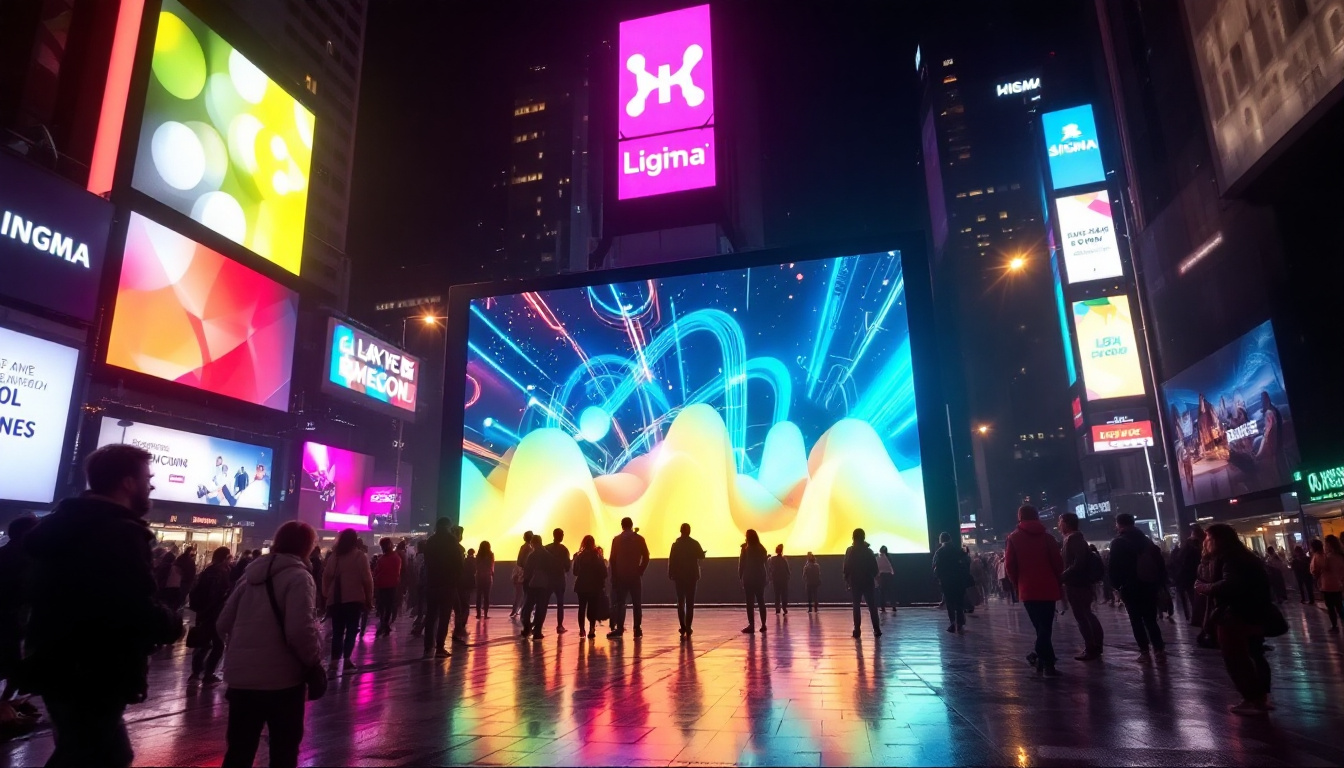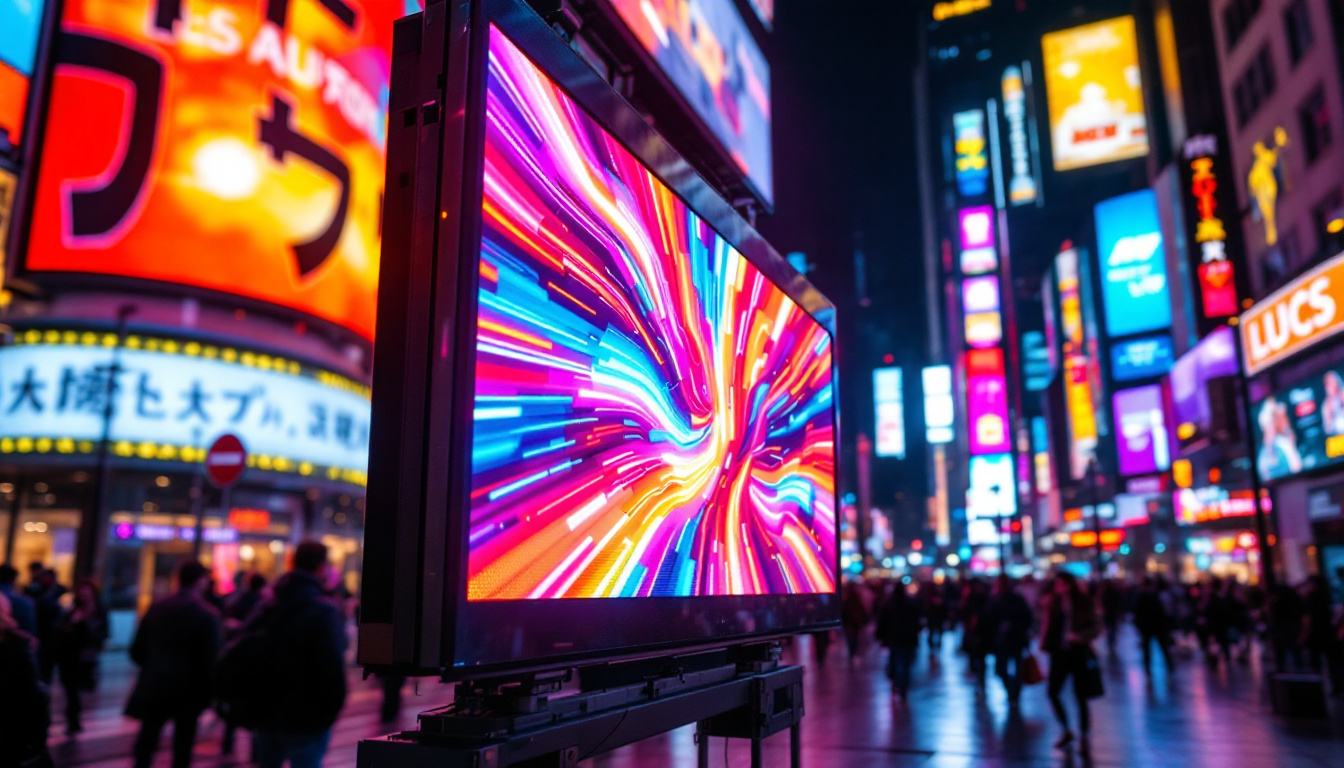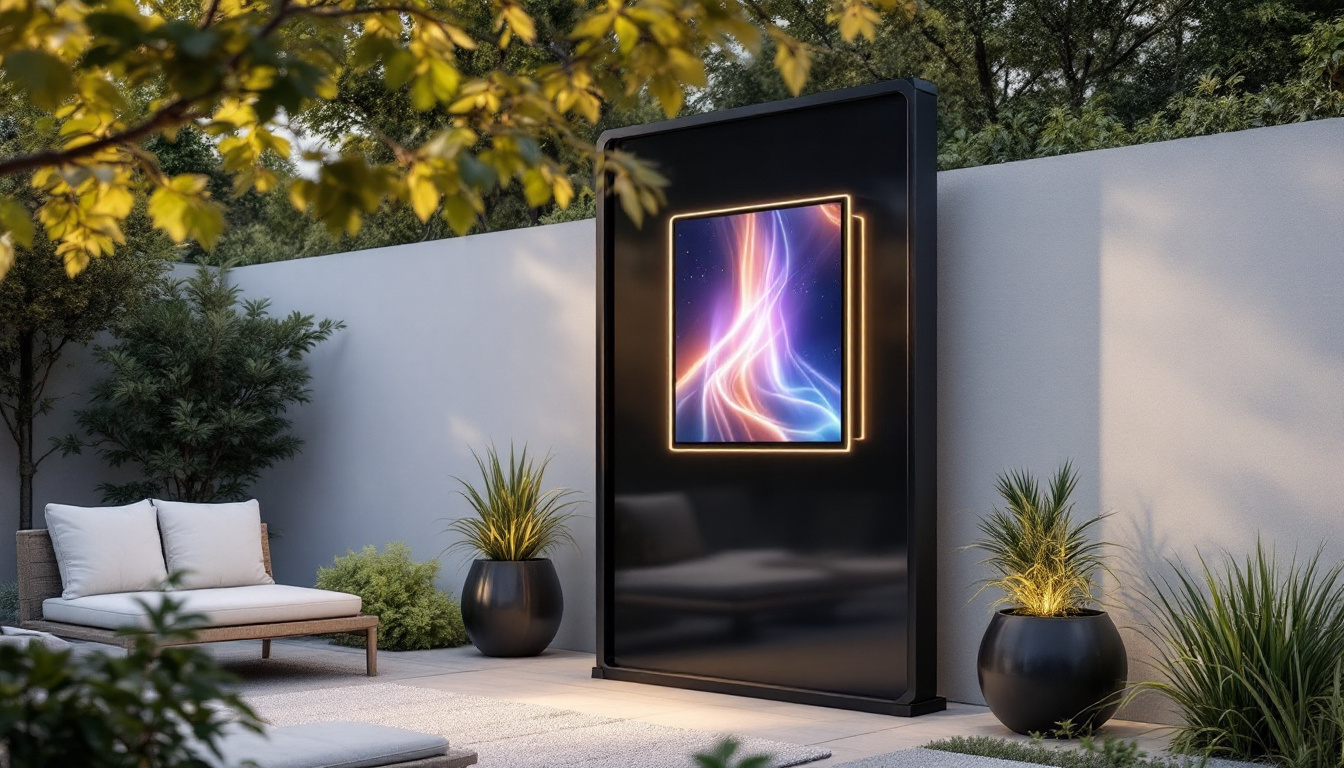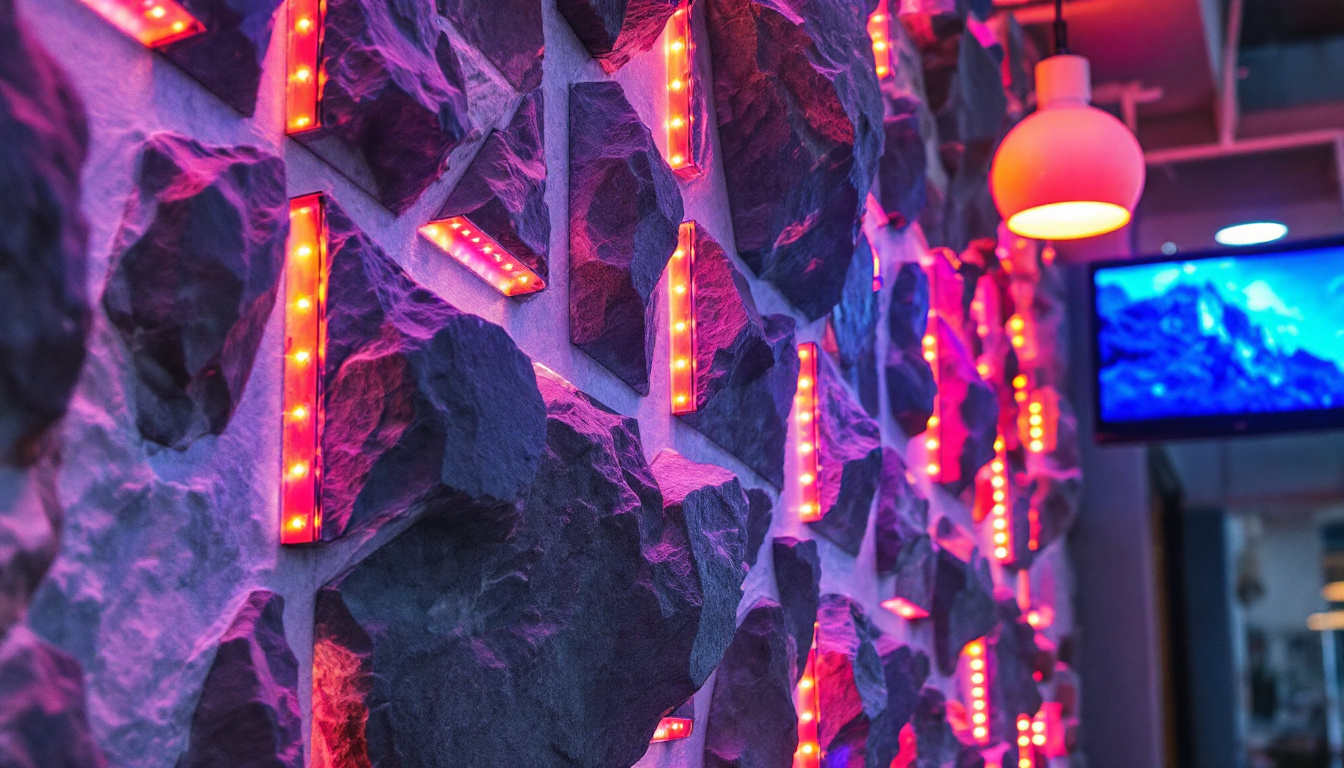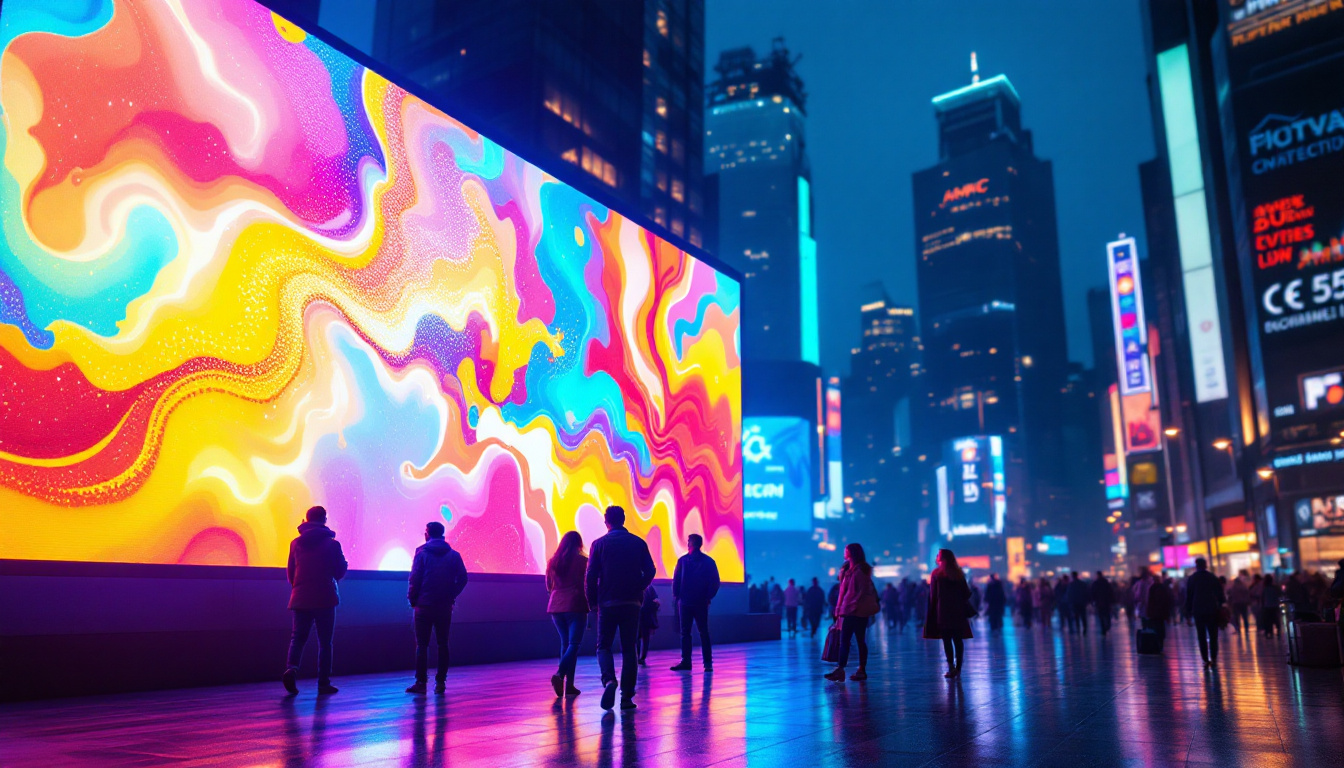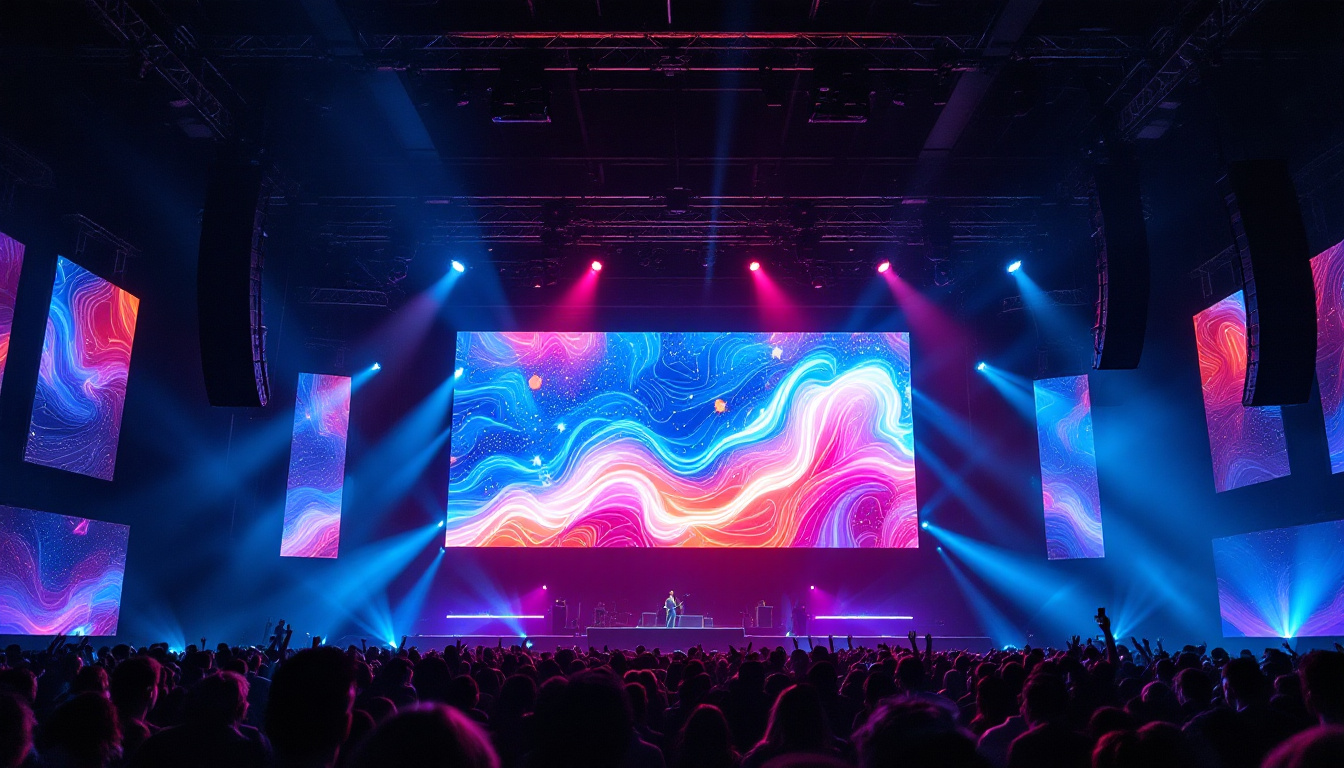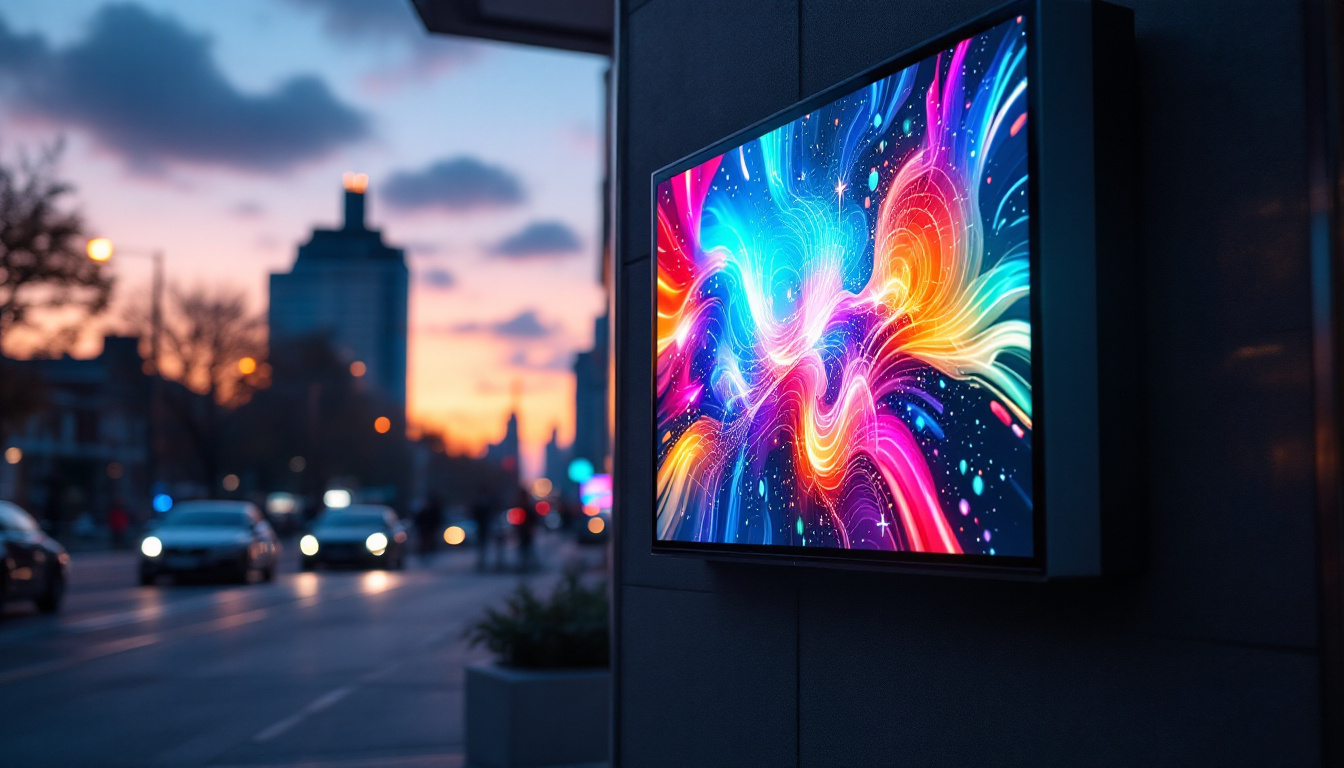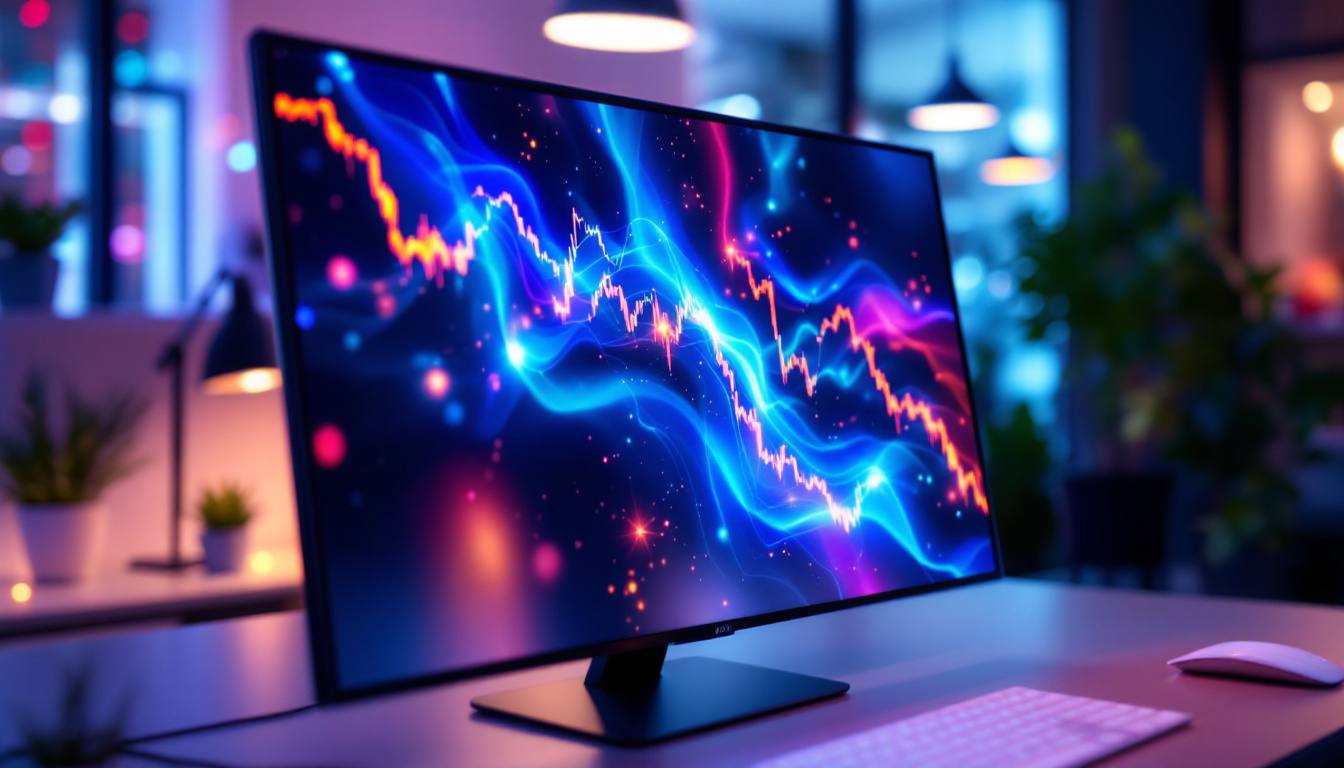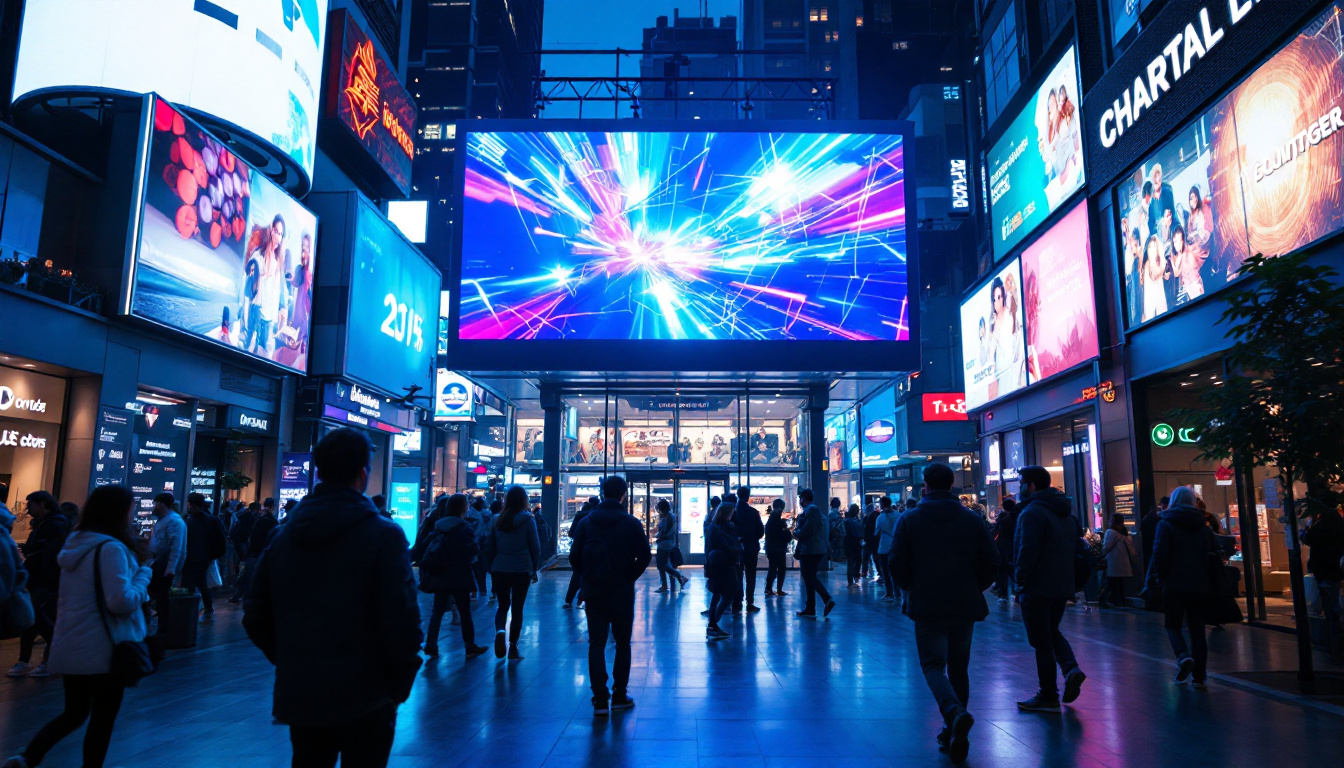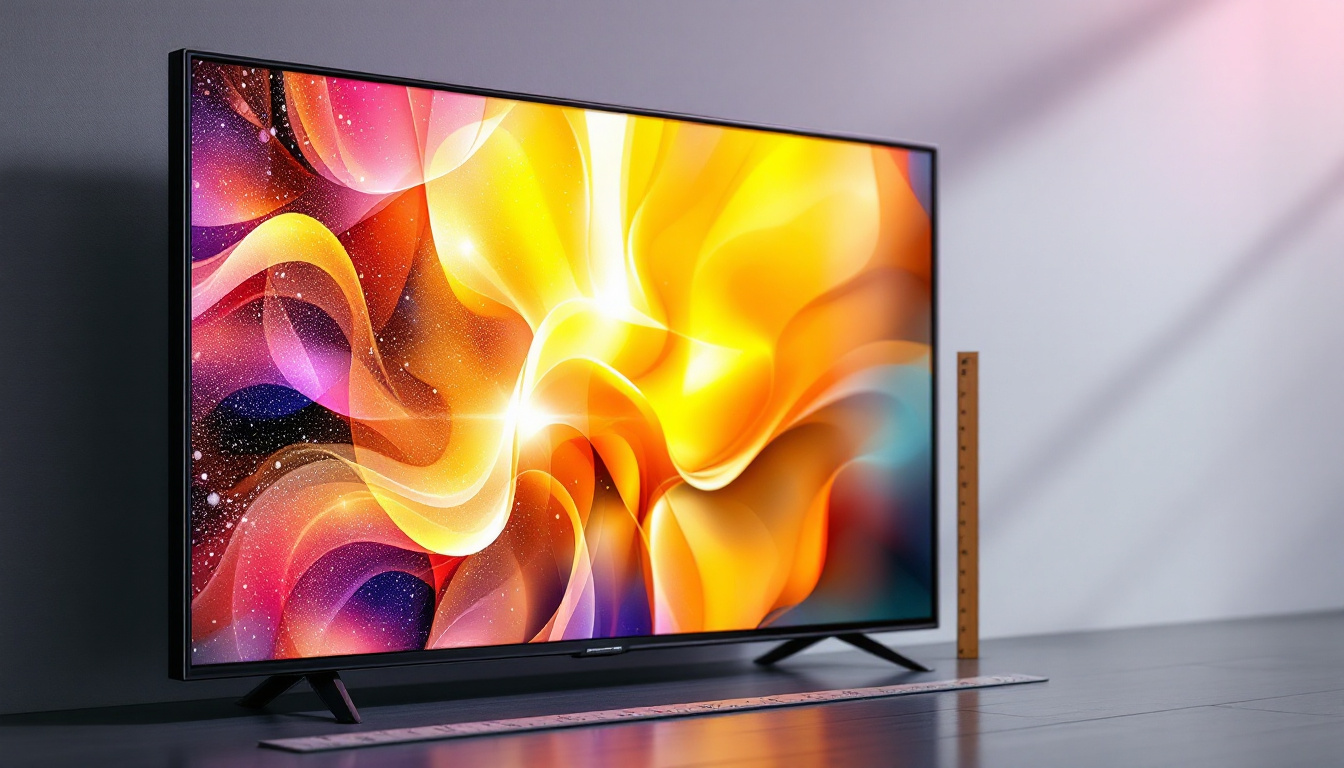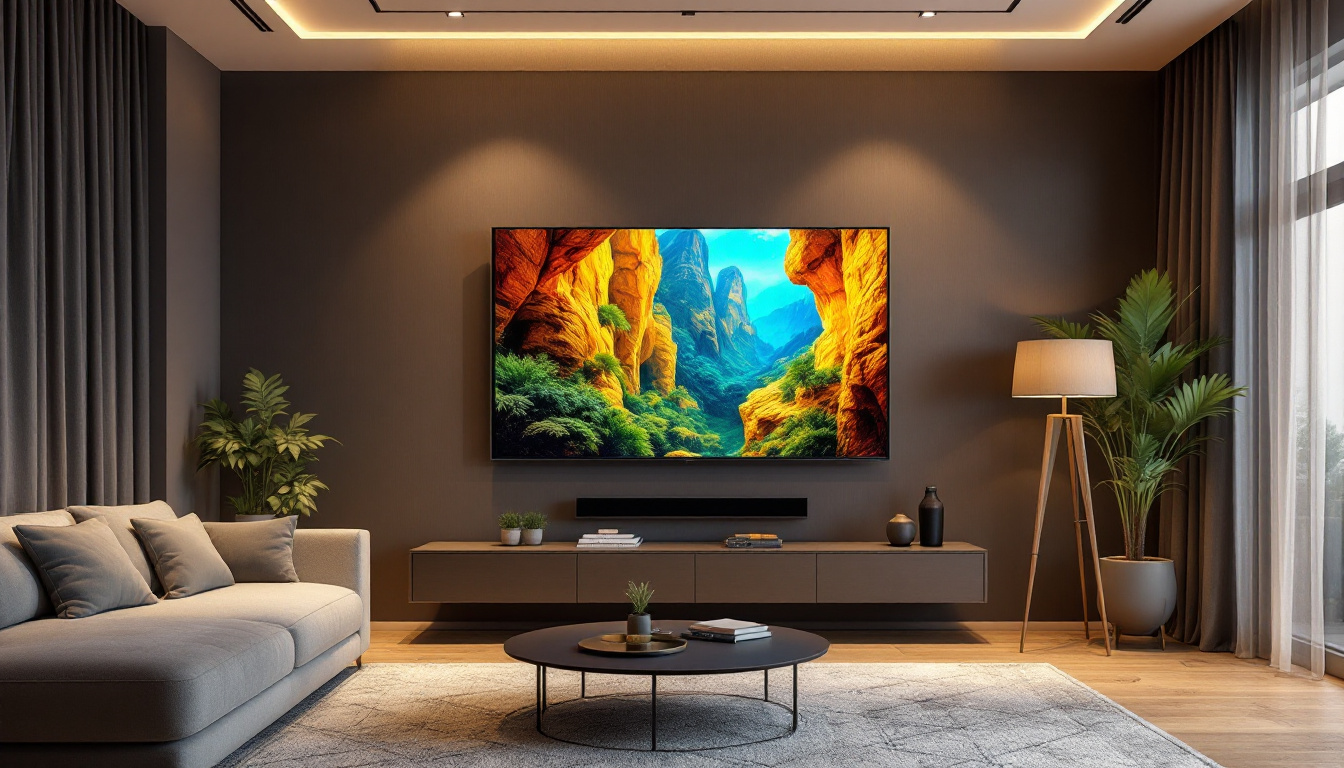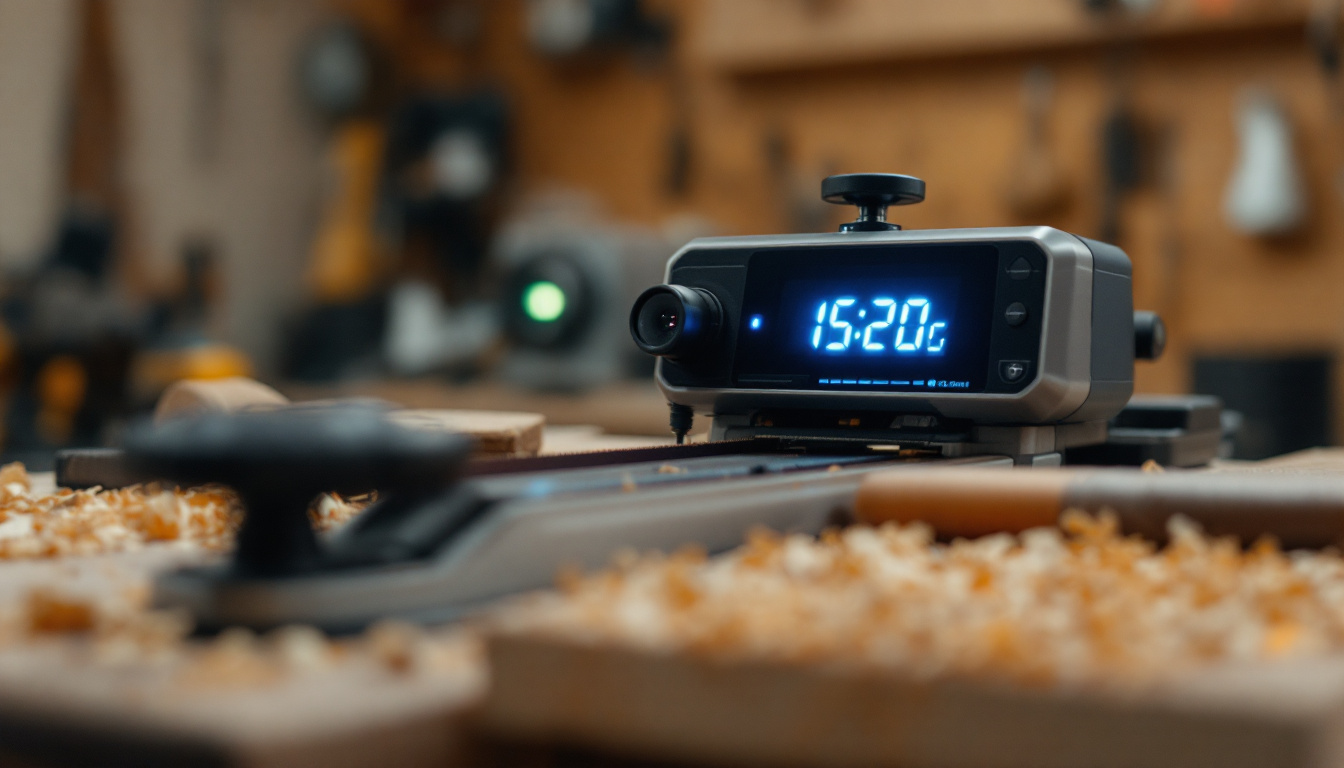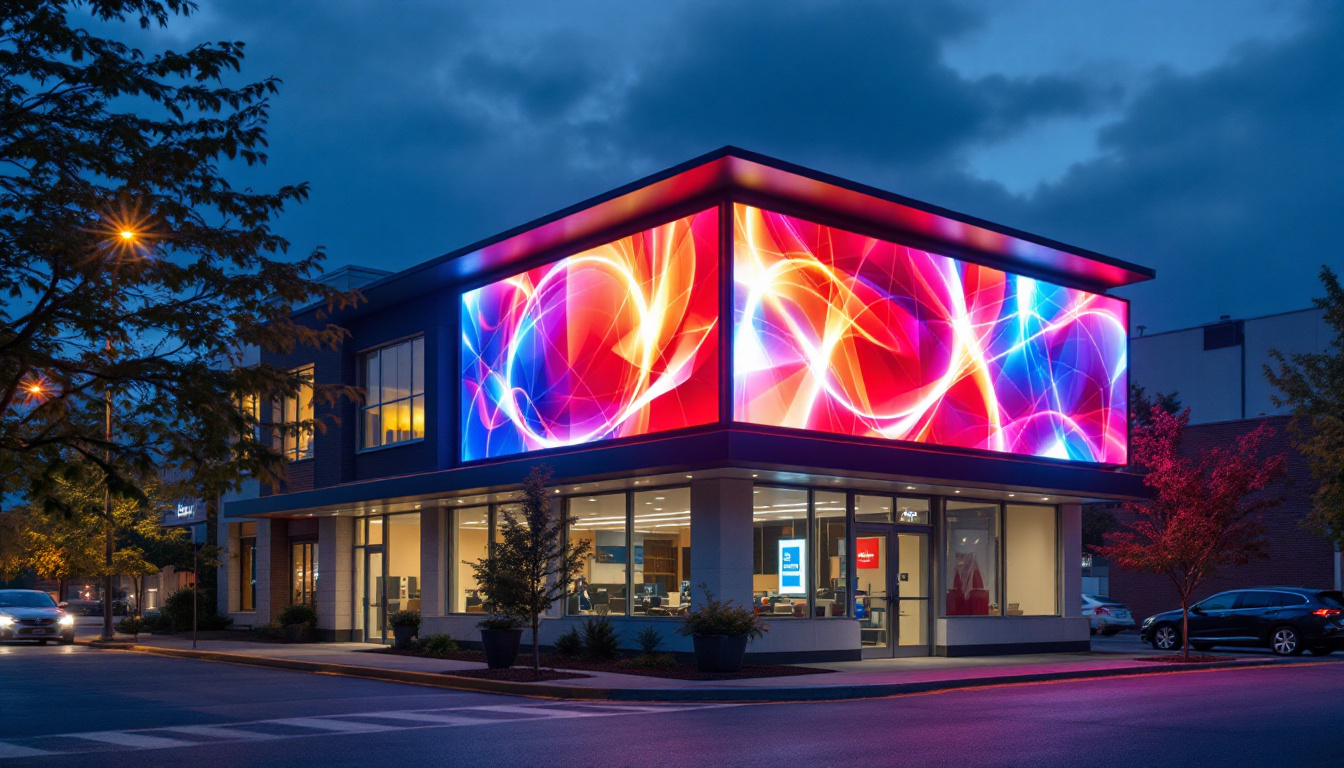In today’s digital age, the significance of a well-designed media room cannot be overstated. As technology continues to evolve, so do the requirements for optimal viewing experiences. One of the most critical components of a media room is the LED display, which serves as the focal point for entertainment and presentations. Understanding the dimensions and specifications of media rooms, particularly concerning LED displays, is essential for creating an immersive environment.
Understanding Media Room Dimensions
When planning a media room, the dimensions play a crucial role in determining how effectively the space can be utilized. Factors such as room size, layout, and seating arrangements significantly influence the viewing experience. Here, we delve into the essential aspects of media room dimensions.
Room Size and Layout
The size of the media room directly impacts the choice of LED display. A larger room can accommodate a bigger screen, which enhances the viewing experience, while smaller rooms may require more compact displays. The layout should also consider the distance between the screen and seating, ensuring that viewers can comfortably see the content without straining their eyes.
For optimal viewing, a general guideline is to maintain a distance of 1.5 to 2.5 times the diagonal size of the screen. For instance, if you have a 65-inch LED display, the seating should ideally be placed between 8 to 13 feet away from the screen. This distance allows for a comfortable viewing experience without compromising image quality. Moreover, the room’s height should not be overlooked; a higher ceiling can enhance acoustics and create a more immersive atmosphere, making it feel less confined and more like a true cinema experience.
Seating Arrangements
Seating arrangements are another critical aspect of media room design. The layout should facilitate an unobstructed view of the LED display from all seats. Traditional setups often include a central seating area facing the screen, but variations such as tiered seating can enhance the experience in larger rooms.
Additionally, consider the angle of view. The ideal seating position should be directly in front of the screen or slightly off to the sides, as extreme angles can distort the image and diminish the viewing experience. The arrangement should also allow for comfortable movement within the space, ensuring that guests can enjoy the media room without feeling cramped. To further enhance comfort, consider incorporating recliners or plush sofas that provide ample support for long viewing sessions. Adding side tables for snacks and drinks can also elevate the experience, allowing for a more enjoyable and relaxed atmosphere during movie nights or gaming marathons.
Choosing the Right LED Display
The selection of an LED display is pivotal in creating an effective media room. Various factors, including screen size, resolution, and technology, must be considered to ensure that the display meets the needs of the space and the intended use.
Screen Size Considerations
Screen size is one of the most critical factors when choosing an LED display. As mentioned earlier, the size of the room and the distance from the screen will dictate the optimal screen size. Larger displays are generally preferred for bigger rooms, while smaller screens may be more suitable for compact spaces.
Moreover, the aspect ratio of the screen should also be considered. Most modern LED displays come in a 16:9 aspect ratio, which is ideal for movies and television shows. However, for presentations or gaming, a different aspect ratio may be more appropriate. Understanding the primary use of the media room will help in selecting the right screen size and aspect ratio. Additionally, it’s essential to think about the seating arrangement in the room. For example, if the seating is arranged in a U-shape or scattered, a larger screen may be necessary to ensure that everyone can enjoy a clear view without straining their necks or eyes. This consideration can significantly enhance the overall experience, especially during group viewings or gaming sessions.
Resolution and Technology
Resolution is another crucial aspect to consider when choosing an LED display. Higher resolutions, such as 4K or even 8K, provide sharper images and more vibrant colors, enhancing the overall viewing experience. For media rooms designed for cinematic experiences, investing in a high-resolution display is advisable.
Additionally, the technology behind the LED display can significantly impact performance. Options such as OLED or QLED offer different advantages, including better contrast ratios and color accuracy. Evaluating the technology based on the intended use of the media room will help in making an informed decision. Furthermore, it’s worth noting that some displays come equipped with features like HDR (High Dynamic Range) support, which can elevate the quality of the visuals by providing a wider range of colors and improved brightness levels. This feature is especially beneficial for watching high-definition content, as it can bring out details that might otherwise go unnoticed, making it a valuable addition for any media enthusiast.
Lighting Considerations
Lighting plays a crucial role in the overall ambiance of a media room and can significantly affect the performance of an LED display. Proper lighting can enhance the viewing experience, while poor lighting can lead to glare and distractions. Understanding how to manage lighting in a media room is essential for optimal performance.
Ambient Lighting
Ambient lighting refers to the general illumination in the room. It should be soft and adjustable to create a comfortable atmosphere without overpowering the LED display. Dimmable lights or smart lighting systems can be particularly effective, allowing users to customize the brightness based on the content being viewed.
Incorporating blackout curtains can also help control ambient light, especially during daytime viewing. By minimizing external light sources, the LED display can perform at its best, providing clear and vibrant images.
Task Lighting
Task lighting is essential for specific activities within the media room, such as reading or playing games. Adjustable lamps or wall sconces can provide focused light without causing glare on the screen. Positioning task lighting away from the display will help maintain an optimal viewing experience while allowing for functional illumination in the room.
Acoustic Considerations
Sound quality is just as important as visual quality in a media room. The acoustics of the space can significantly influence the overall experience, making it essential to consider soundproofing and speaker placement when designing the room.
Soundproofing Techniques
To enhance sound quality and minimize external noise, soundproofing techniques should be employed. This can include using sound-absorbing materials for walls, ceilings, and floors. Acoustic panels, carpets, and heavy curtains can help reduce sound reflections and improve clarity.
Additionally, sealing any gaps around doors and windows can further prevent sound leakage, creating a more immersive experience for viewers. Proper soundproofing not only enhances audio quality but also contributes to a more enjoyable viewing environment.
Speaker Placement
The placement of speakers is crucial for achieving optimal sound quality. Surround sound systems are often used in media rooms to create a more immersive experience. The speakers should be positioned at ear level when seated, and the arrangement should follow a specific layout for surround sound, such as a 5.1 or 7.1 configuration.
For larger rooms, consider using in-wall or in-ceiling speakers to save space while maintaining audio quality. Proper calibration of the sound system is also essential to ensure that all speakers work harmoniously, providing a balanced and immersive audio experience.
Integrating Technology
As technology continues to advance, integrating smart systems into a media room can significantly enhance the user experience. From automated lighting to advanced sound systems, technology can streamline the operation of the media room.
Home Automation Systems
home automation systems allow users to control various aspects of the media room with ease. Smart lighting, climate control, and audio-visual equipment can be managed through a single interface, making it convenient to create the perfect viewing environment.
By integrating voice control or smartphone applications, users can adjust settings without leaving their seats. This level of convenience adds to the overall enjoyment of the media room, allowing for a more relaxed and immersive experience.
Streaming and Connectivity
With the rise of streaming services, ensuring that the media room is equipped for seamless connectivity is essential. High-speed internet access and compatible devices should be prioritized to facilitate smooth streaming of content.
Consider incorporating a centralized media hub that connects all devices, allowing for easy access to various platforms and content. This setup not only enhances usability but also keeps the media room organized and clutter-free.
Final Thoughts on Media Room Dimensions and LED Displays
Designing a media room involves careful consideration of various factors, including dimensions, LED display specifications, lighting, acoustics, and technology integration. Each element plays a vital role in creating an immersive environment that enhances the viewing experience.
By understanding the importance of media room dimensions and making informed decisions regarding LED displays, seating arrangements, and overall design, one can create a space that is not only functional but also enjoyable. Whether for cinematic experiences, gaming, or presentations, a well-designed media room can elevate any experience, making it a valuable addition to any home.
As technology continues to evolve, staying informed about the latest trends and innovations in media room design will ensure that the space remains relevant and enjoyable for years to come. Embracing these elements will lead to a media room that is not only visually stunning but also a hub of entertainment and relaxation.
Enhance Your Media Room with LumenMatrix
Ready to take your media room to the next level? Discover the unparalleled clarity and vibrancy of LumenMatrix’s advanced LED display technology. With a wide array of solutions including Indoor and Outdoor LED Wall Displays, Vehicle LED Displays, and more, LumenMatrix is committed to transforming your visual experience. Elevate your entertainment space and captivate your audience with our cutting-edge displays. Check out LumenMatrix LED Display Solutions today and bring your media room into the future.

